Rosa Suen - Music Theory--basic Chords--chord Tones 1, 3, B3, 5, B7
Here you can read online Rosa Suen - Music Theory--basic Chords--chord Tones 1, 3, B3, 5, B7 full text of the book (entire story) in english for free. Download pdf and epub, get meaning, cover and reviews about this ebook. year: 2014, publisher: RR Publishing LLC, genre: Children. Description of the work, (preface) as well as reviews are available. Best literature library LitArk.com created for fans of good reading and offers a wide selection of genres:
Romance novel
Science fiction
Adventure
Detective
Science
History
Home and family
Prose
Art
Politics
Computer
Non-fiction
Religion
Business
Children
Humor
Choose a favorite category and find really read worthwhile books. Enjoy immersion in the world of imagination, feel the emotions of the characters or learn something new for yourself, make an fascinating discovery.
Music Theory--basic Chords--chord Tones 1, 3, B3, 5, B7: summary, description and annotation
We offer to read an annotation, description, summary or preface (depends on what the author of the book "Music Theory--basic Chords--chord Tones 1, 3, B3, 5, B7" wrote himself). If you haven't found the necessary information about the book — write in the comments, we will try to find it.
This music theory book Music Theory Basic Chords lays a firm foundation for all piano, guitar and ukulele players who want to learn basic chords.
Once you understand basic chords and how they are structured, you will be able to build extended chords with color tones.
This Music Theory book is suitable for beginners or anyone who wants to have a thorough understanding of basic chords in music. By learning basic chords, you are able to play many songs already. I also provide a list of songs that you can play with these basic chords.
The following topics are covered:
1.1 Major Scales
1.2 The 12 Major Scales
1.3 Sounds of the Major Scale of 12 Keys
2.1 Basic Triad Chords
2.2 Major and Minor Triads
2.3 The 7 Diatonic Chords in the Key of C
2.4 How the 7 Diatnoic Chords are formed in Key of C
2.5 A Summary Chart of the 7 Diatonic Chords in the Key of C
2.6 Think in Roman Numerals
2.7 Many songs can be harmonized with 3 Major Chords
2.8 Summary Chart of Diatonic Chords of all 12 Keys
2.9 The Sound of Major Triads
3.1 Dominant Chord V7
3.2 There are many types of 7th chords
3.3 The V7 CHORD in Key of C
3.4 Dominant 7 - b7
3.5 Dominant V7 and Tonic I
3.6 V7 wants to resolve to I
3.7 V7 to I is a Perfect Cadence
3.8 V7 to I Resolution
4.1 The Subdominant Chord - IV Chord
4.2 IV to I is the Plagal Cadence
4.3 The plagal cadence IV to I in all 12 keys
4.4. IV to I - Amen Resolution
5.1 Basic Understanding of Circle of 5ths
5.2 The Diagram of the Circle of 5ths
5.3 12 Key Signatures
5.4 Flats and Sharps
5.5 Use the Circle to identify I IV V7 of all 12 Keys
Enjoy!
Rosa Suen: author's other books
Who wrote Music Theory--basic Chords--chord Tones 1, 3, B3, 5, B7? Find out the surname, the name of the author of the book and a list of all author's works by series.

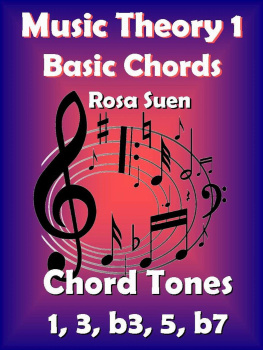
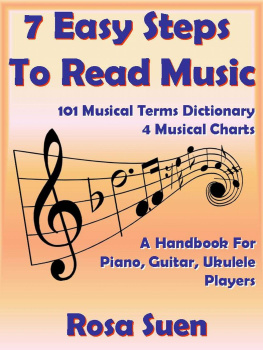
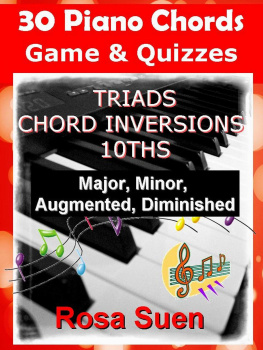
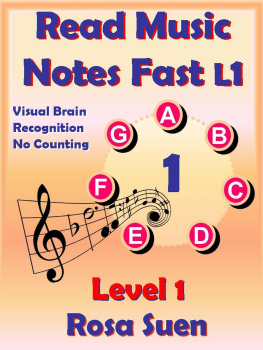
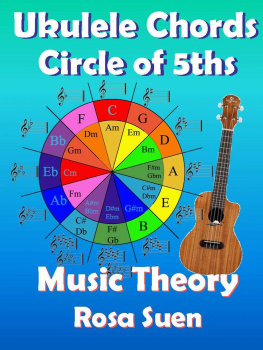
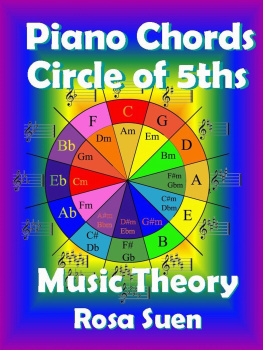
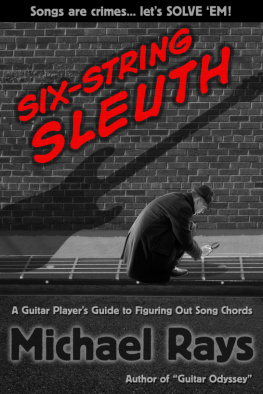
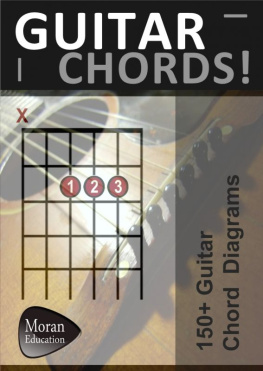

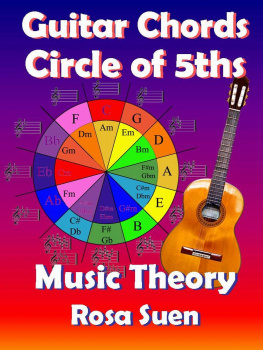
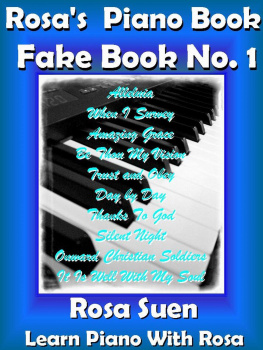
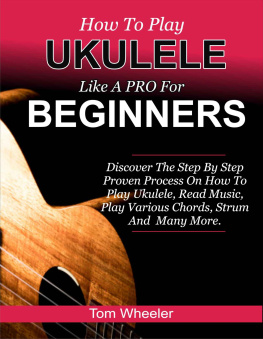



 By Rosa Suen Learn Piano With Rosa http://www.LearnPianoWithRosa.com M usic Theory: Basic Chords Chord Tones: 1, 3, b3, 5, b7 , Author: Rosa Suen Cover Design: Raymond Suen E m ail: Rosa@LearnPianoWithRosa.com Smashwords Edition Copyright 2013 By Learn Piano With Rosa Studio All Rights Reserved. No part of this book may be reproduced, copied, stored, or transmitted in any form or by any means graphic, electronic, or mechanical, including photocopying, recording, or in information storage and retrieval systems without the prior written permission of Rosablanca Suen. This ebook is licensed for your personal enjoyment only. This ebook may not be re-sold or given away to other people. If you would like to share this book with another person, please purchase an additional copy for each recipient.
By Rosa Suen Learn Piano With Rosa http://www.LearnPianoWithRosa.com M usic Theory: Basic Chords Chord Tones: 1, 3, b3, 5, b7 , Author: Rosa Suen Cover Design: Raymond Suen E m ail: Rosa@LearnPianoWithRosa.com Smashwords Edition Copyright 2013 By Learn Piano With Rosa Studio All Rights Reserved. No part of this book may be reproduced, copied, stored, or transmitted in any form or by any means graphic, electronic, or mechanical, including photocopying, recording, or in information storage and retrieval systems without the prior written permission of Rosablanca Suen. This ebook is licensed for your personal enjoyment only. This ebook may not be re-sold or given away to other people. If you would like to share this book with another person, please purchase an additional copy for each recipient. Y ou can connect with me by visiting my Website: .
Y ou can connect with me by visiting my Website: .  You can write to me at: Rosa@LearnPianoWithRosa.com
You can write to me at: Rosa@LearnPianoWithRosa.com
 E ach tone of the scale is represented by an Arabic number. Numbers 1 to 7 correspond to the tones in the scale. M AJOR SCALES move in whole steps ( W ) and half steps ( H ).
E ach tone of the scale is represented by an Arabic number. Numbers 1 to 7 correspond to the tones in the scale. M AJOR SCALES move in whole steps ( W ) and half steps ( H ).  W hole Steps: C to D D to E G to A A to B These notes are 1 whole step apart.
W hole Steps: C to D D to E G to A A to B These notes are 1 whole step apart. T he key of C is the easiest scale to learn visually as all the scale tones fall on the white keys. There are no sharps or flats. Only the white keys are used. For a start, know the C scale well. Dont let the thought of playing scales in different keys intimidate you.
T he key of C is the easiest scale to learn visually as all the scale tones fall on the white keys. There are no sharps or flats. Only the white keys are used. For a start, know the C scale well. Dont let the thought of playing scales in different keys intimidate you.
 A CHORD is formed when 3 or more tones are sounded together. Chords in the most basic forms are called TRIADS.
A CHORD is formed when 3 or more tones are sounded together. Chords in the most basic forms are called TRIADS. 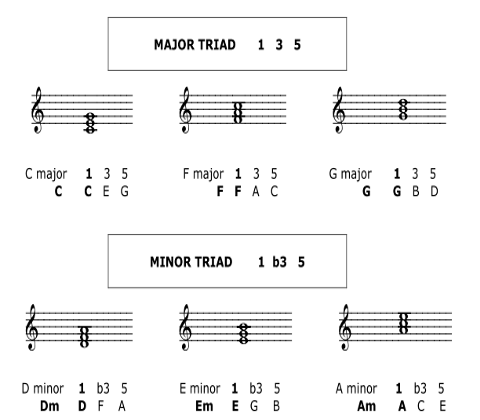
 T he 7 Diatonic Chords are : C Dm Em F G Am Bdim The name of the chord is called by its Root name. - the C Chord has the Root C note, so it is called C Chord. - the Dm Chord has the Root D note, so it is called Dm Chord - the Em Chord has the Root E note, so it is called Em Chord. - the F Chord has the Root F note, so it is called F Chord. - the Am Chord has the Root A note, so it is called Am Chord. - the B dim Chord ahs the Root B note, so it is called B dim Chord. - the B dim Chord ahs the Root B note, so it is called B dim Chord.
T he 7 Diatonic Chords are : C Dm Em F G Am Bdim The name of the chord is called by its Root name. - the C Chord has the Root C note, so it is called C Chord. - the Dm Chord has the Root D note, so it is called Dm Chord - the Em Chord has the Root E note, so it is called Em Chord. - the F Chord has the Root F note, so it is called F Chord. - the Am Chord has the Root A note, so it is called Am Chord. - the B dim Chord ahs the Root B note, so it is called B dim Chord. - the B dim Chord ahs the Root B note, so it is called B dim Chord.